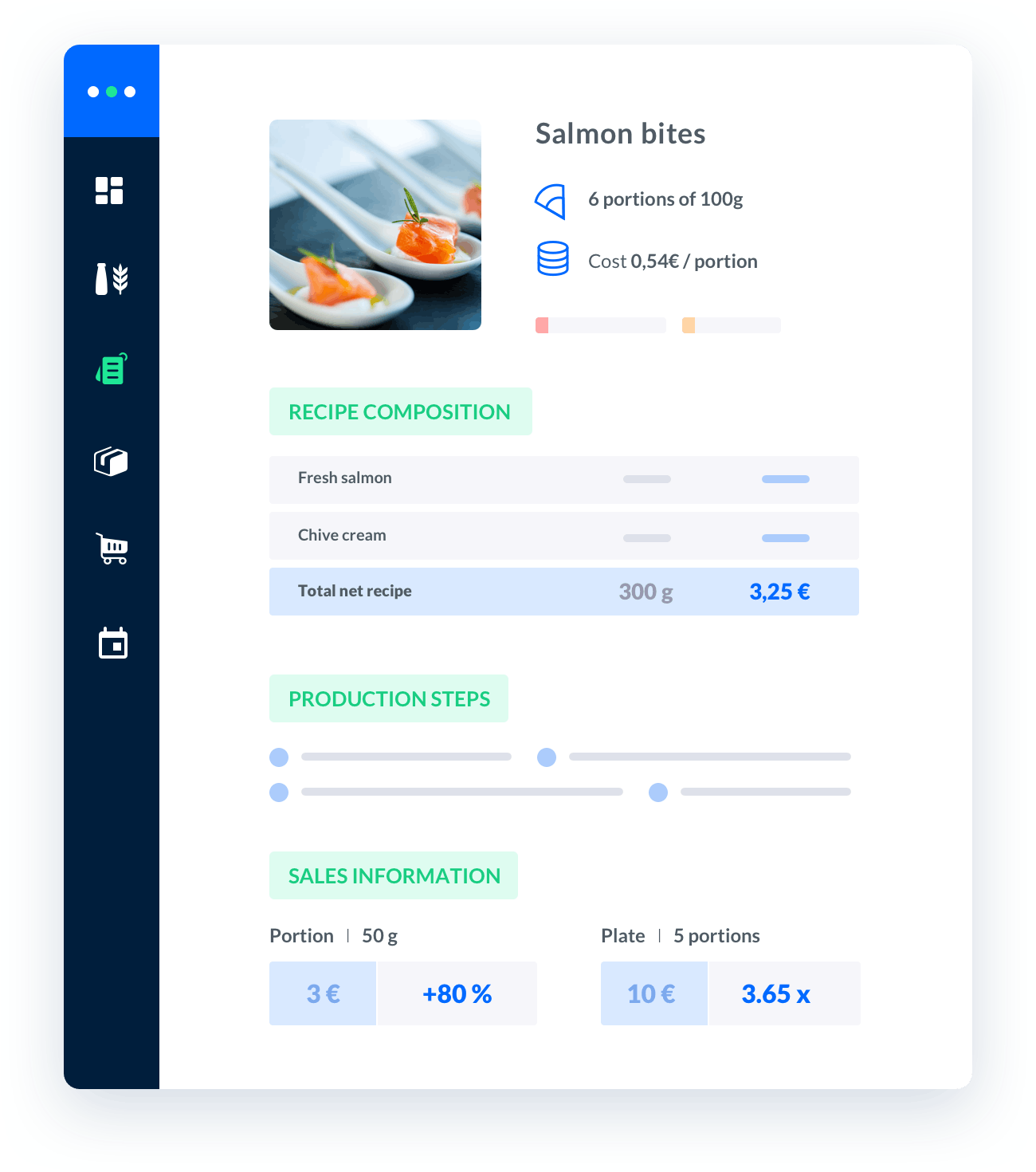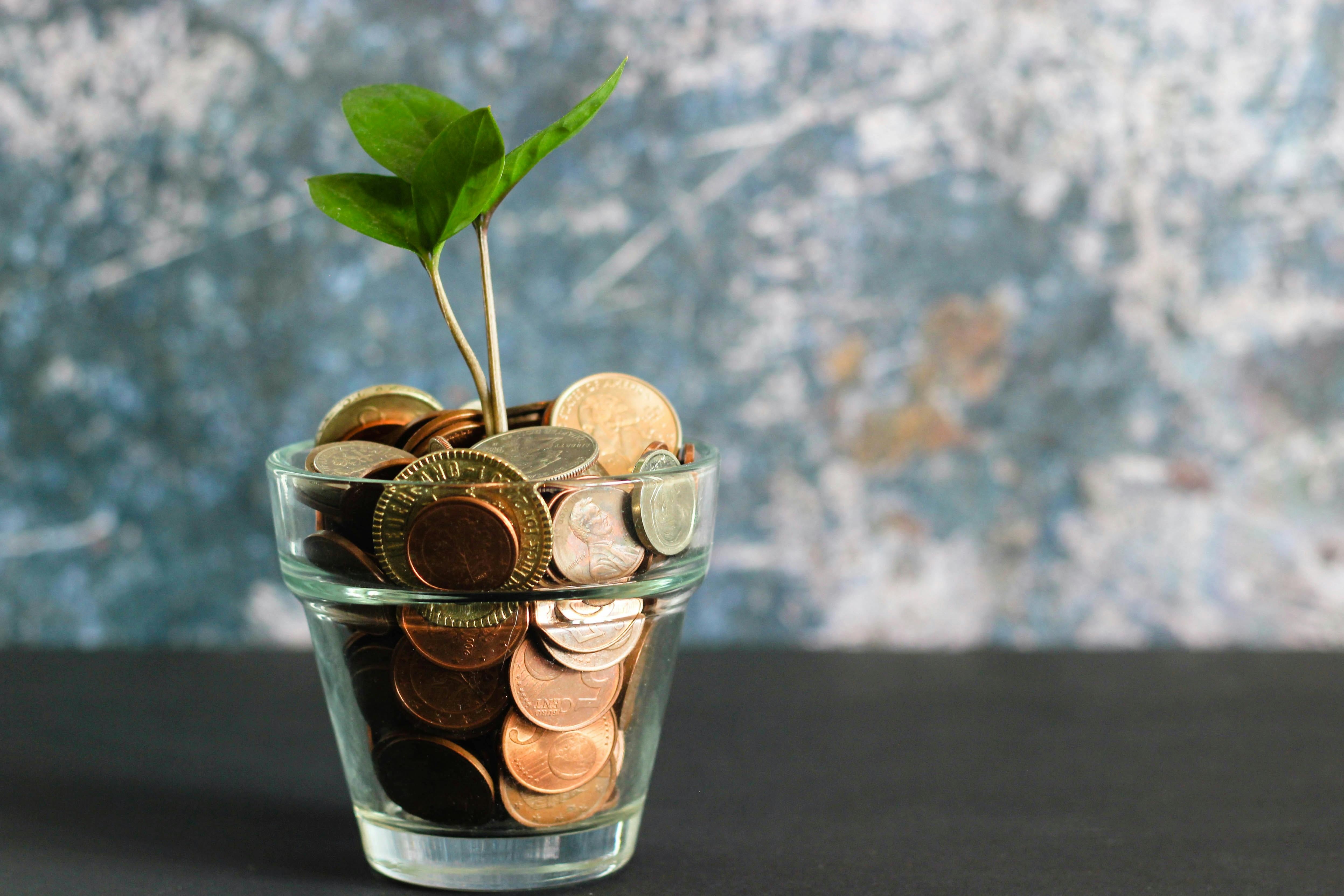how to calculate food cost per meal
When it comes to running a successful catering business, calculating food cost per meal is a crucial task.Understanding the cost of each meal allows you to price your dishes appropriately, maintain profitability, and make informed decisions about your menu.

Melba: the food cost app to optimize the profitability of your restaurant
Discover how to optimize the profitability of your restaurant with melba

The ultimate guide to food cost restaurant
Learn more about the food cost basis and how to reduce your food cost percentage
When it comes to running a successful catering business, calculating food cost per meal is a crucial task. Understanding the cost of each meal allows you to price your dishes appropriately, maintain profitability, and make informed decisions about your menu. In this comprehensive guide, we will walk you through the process of calculating food cost per meal.
Understanding Food Cost
Before diving into the calculation, let's first define what food cost is. Food cost refers to the total cost incurred in purchasing the ingredients and preparing a specific meal. This cost includes the cost of raw materials, such as vegetables, meats, spices, and any other ingredients used in the preparation of the dish. Additionally, it also accounts for indirect costs such as kitchen supplies, utilities, and labor.
1. Determining the Total Cost of Ingredients
The first step in calculating food cost per meal is determining the total cost of ingredients used in a particular dish. Follow these steps:
- Keep a record of all the ingredients used in a specific dish, including their quantities.
- Assign a cost to each ingredient based on the amount you paid for it. Ensure that you include the cost of any seasonings or spices used.
- Calculate the total cost by summing up the costs of all the ingredients used.
For example, if a dish requires 500g of chicken breast that costs $5 per kilogram, the cost of chicken breast for that dish would be $2.50.
2. Accounting for Indirect Costs
While the direct cost of ingredients is crucial, it's equally important to consider the indirect costs associated with preparing a meal. These costs include labor, kitchen supplies, utilities, and any other expenses not directly related to the ingredients. To account for these costs, follow these steps:
- Calculate the total cost of indirect expenses incurred during a specific period, such as a week or a month.
- Divide the total indirect expenses by the number of meals prepared during that period to get the average indirect cost per meal.
For instance, if your monthly indirect expenses amount to $2000 and you prepare 1000 meals in that month, the average indirect cost per meal would be $2.
Calculating Food Cost Per Meal
Now that you have determined both the direct and indirect costs, you can proceed to calculate the food cost per meal. Follow these steps:
1. Determine the Number of Servings
Start by determining the number of servings the recipe yields. This will be the number of meals you can serve using the total quantity prepared.
2. Add Direct and Indirect Costs
Add the total direct cost of ingredients to the average indirect cost per meal to get the total cost per meal.
3. Divide Total Cost by Number of Servings
Divide the total cost per meal by the number of servings to calculate the food cost per meal.
For example, if a recipe yields 4 servings and the total cost per meal is $10, then the food cost per meal would be $2.50.
Tips for Optimizing Food Cost
Now that you have a clear understanding of how to calculate food cost per meal, here are some tips to help you optimize it:
1. Regularly Review and Update Menu Prices
As ingredient prices fluctuate and your business expenses change, it's crucial to review and update your menu prices accordingly. Regularly evaluating and adjusting your prices will ensure that you maintain profitability and cover your costs.
2. Control Portion Sizes
Controlling portion sizes helps you manage ingredient costs effectively. By maintaining consistency in portion sizes, you can accurately calculate food cost per meal and avoid unnecessary wastage.
3. Streamline Inventory Management
An efficient inventory management system will enable you to keep track of ingredient quantities, avoid overstocking, and reduce food waste. By monitoring inventory levels, you can optimize your purchasing and minimize costs.
By following these best practices and regularly calculating your food cost per meal, you can make informed decisions that will contribute to the success and profitability of your catering business.






